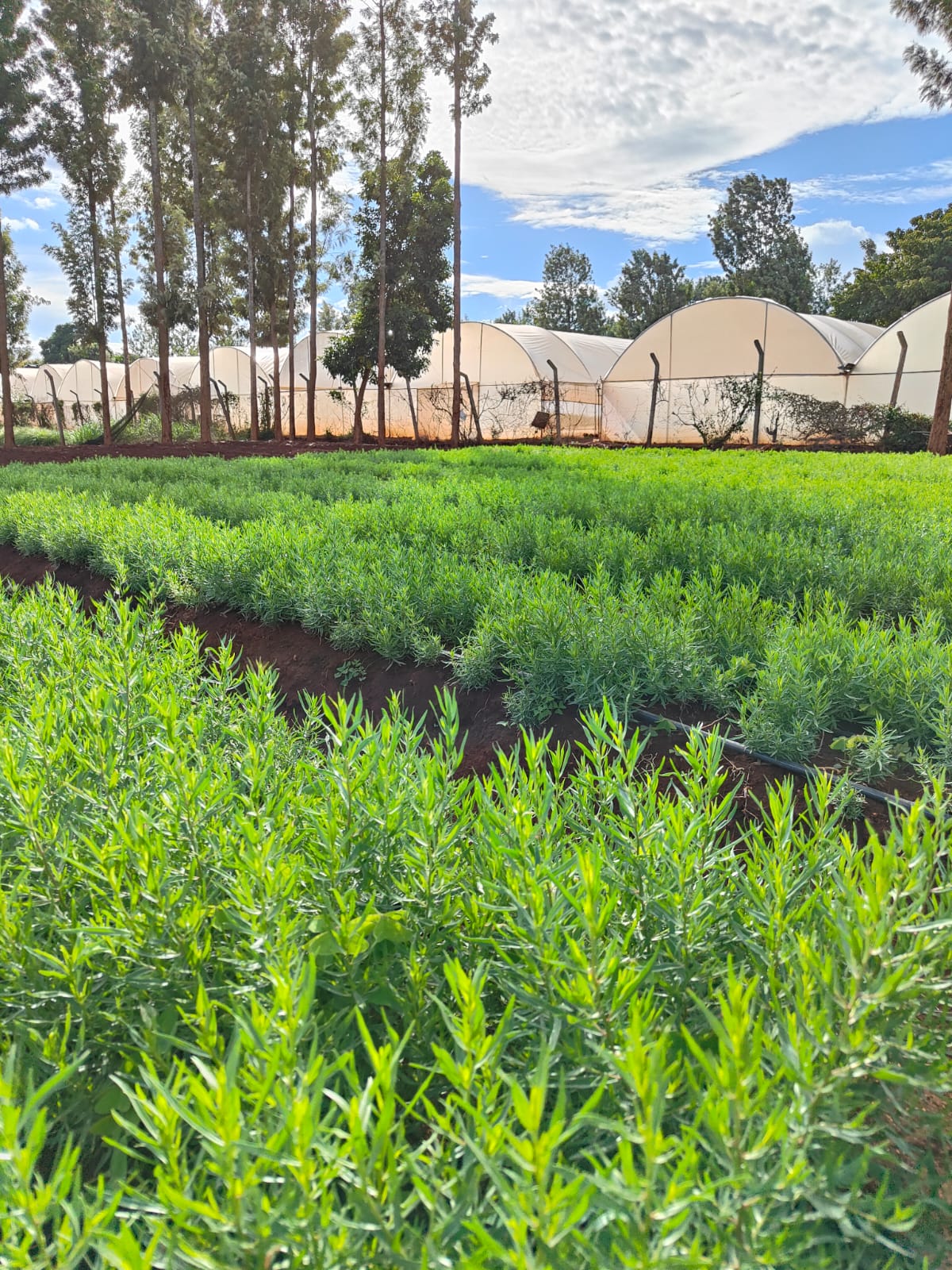Import Our Fresh Tarragon
We’re thrilled to have you as a customer for our tarragon herbs. Let’s team up to satisfy the market in a bigger and better way!
We export fresh tarragon to Europe, the Middle East, and Asia, and we pride ourselves as a dependable supplier that ensures high quality of herbs in the market. With international certifications like GlobalGAP and ISO, we guarantee that every batch meets the highest safety and quality standards—because we know how important trust is in this business.
We have the capacity to deliver up to 800kg of tarragon each month or 200kg a week, and we’re happy to customize packaging options to meet your needs. Our packaging is in 1kg boxes that have 100g subunits or ten bundles, making it easier for you to integrate them in your own product line or supply chain.
Let’s connect and discuss your order! Check us out and start a partnership that could propell you to become a leader in the tarragon market.
Culinary Uses
- Flavor Enhancer: Tarragon’s unique flavor profile sets it apart in the culinary world.
- Sauces and Dressings: Tarragon is a key ingredient in the classic French sauce béarnaise.
- Vinegar and Marinades: Tarragon-infused vinegar is a popular condiment.
- Herb Butter: Tarragon-infused butter is a simple yet luxurious addition to many dishes.
Health Benefits
- Rich in Nutrients: Tarragon is a good source of vitamins and minerals.
- Antioxidant Properties: The herb contains compounds with antioxidant properties.
- Digestive Aid: Tarragon has traditionally been used to aid digestion.
- Anti-Inflammatory Potential: Some studies suggest that tarragon may have anti-inflammatory effects.
Growing Tarragon
- Varieties: Two main varieties of tarragon exist, like French tarragon and Russian tarragon.
- Cultivation: Tarragon thrives in well-drained soil and prefers full sunlight.
- Harvesting: Harvest tarragon leaves just before the plant flowers for the best flavor.
How Long It Takes to Grow
- Seed Germination (7-21 days): Tarragon can be grown from seeds, but French tarragon is often propagated through cuttings or division.
- Propagation from Cuttings or Division: French tarragon is often propagated through cuttings or division of existing plants.
- Seedling Stage or Establishment (Several Weeks): Tarragon will go through a seedling stage or a period of establishment.
- Maturity and Harvest (Several Months): Tarragon typically reaches maturity and becomes ready for harvesting several months after planting or propagation.
- Overwintering (Perennial Varieties): French tarragon is a perennial herb that can survive through winter and regrow in the spring.

Harvesting
Tarragon is harvested at its peak growth, just before flowering, to ensure maximum flavor and aroma. Skilled workers carefully cut the stems close to the base, selecting vibrant green leaves that are tender and aromatic. The timing of the harvest is crucial; early morning is preferred to capture the herb’s essential oils at their highest concentration and to minimize moisture loss.
Post-Harvest Handling
Immediately after harvesting, tarragon is transported to processing facilities under controlled conditions to preserve its freshness. The herbs are kept cool (between 0-4°C) to slow down metabolic processes and are handled with care to prevent bruising. High humidity levels (around 90%) are maintained to avoid wilting, ensuring that the tarragon retains its crisp texture and vibrant color.
Trimming
Once at the processing facility, the tarragon undergoes trimming. This leaves the leafy parts of the shoots to enhance quality and value. This step ensures that only the finest parts of the plant are selected for export. Skilled workers use sterile trimmers to achieve a clean cut, maintaining consistency in size and quality.
Weighing and Bundling
After trimming, the tarragon is carefully weighed to create uniform bundles. Typically, the herbs are bundled in units of 100g meant for packaging in larger assortments of 1kg boxes, and this can also be varied depending on client specifications. This process not only ensures standardization but also makes handling and packaging more efficient.
Packaging
Packaging is in 1kg boxes made up of 100g bundles. During this process, the bundles are placed in breathable packaging materials, such as perforated plastic bags, to allow for airflow while preventing excess moisture buildup. Each package is labeled with essential information, ensuring traceability, and informing consumers about the product’s quality.
Cold Storage and Dispatch
Once packaged, the tarragon is moved to a cold storage facility where temperatures are maintained at around 4°C to extend its shelf life. Regular monitoring of temperature and humidity levels is essential to prevent spoilage and preserve the herb’s aromatic properties. When orders are ready for dispatch, the tarragon is loaded into refrigerated transport to maintain optimal conditions during transit.